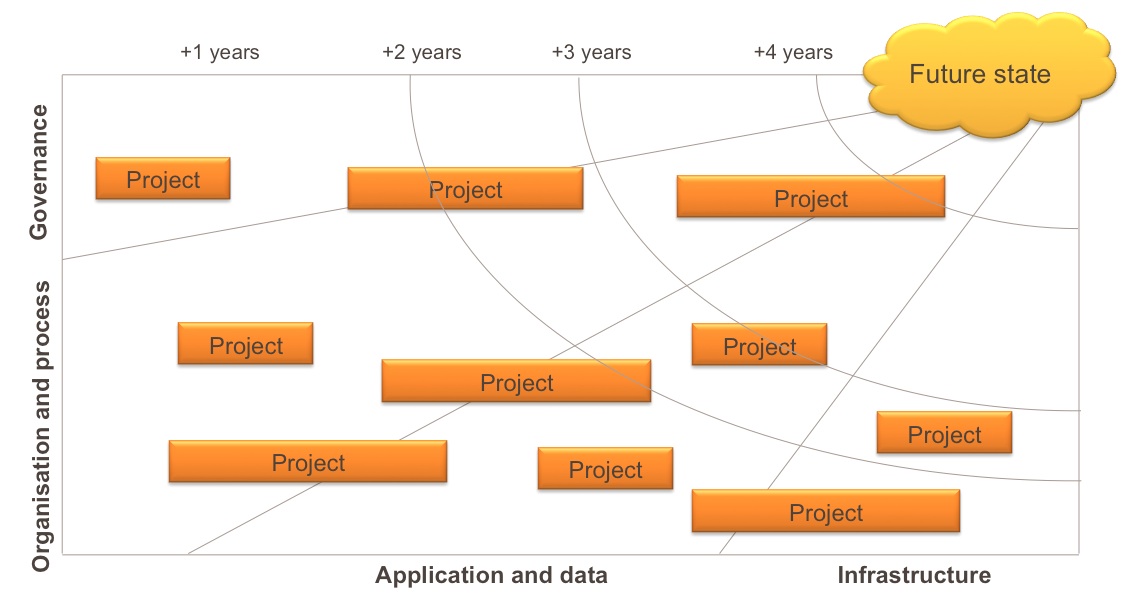The need for a Rosetta stone in architecture
We are many human beings around the globe that speaks different languages and within our profession is it the same issue. We use different words to describe same things and same words to describe different things. Tube, Subway and Metro are common word to describe a rail-transportation system in cities and their surroundings. If you as a Swede ask a german speaking colleague for öl, you will probably get oil instead of the supposed beer.
For example, if you want to do a business transformation, you must be able to explain your deliverables to the client and other involved parties. Are everybody on speaking terms when you talk about a target architecture, a blueprint or a roadmap? Probably not. The client, the ERP team and consultants from other companies does probably have different views of what these terms means.
If we define a roadmap, we should be able to describe it’s purpose, what it looks like, the areas it covers and what it contains.
Example of transformation roadmap
We have same issue if we talk about a high-level target architecture to describe a future state. What’s the purpose, how do you describe it and what the contents are.
Example of target architecture describing future state
As in the example above, the high-level architecture covers both business and IT. The organisation view is included, the main processes used by each organisation, applications used by each business unit and how common infrastructure is managed. We neither forget master data on a high level, i.e. where is information about products, customers, orders, work-orders etc.
Everybody in the project needs to have the same view what we talk about, both within the team and with stakeholder outside the project group.
When we have defined our important terms, then we have to describe how they relate with each other. I.e. create an information model for architecture, often described as a content-model or meta-model.
Extract from IAF v4 with some changes to the terminology.
The above image is an extract from IAF v4 and describes relations between different objects from a business perspective and how the relates to IT.
I have worked with IAF’s meta-model from Capgemini since 1999 as a starting point in most of my assignments. A large part of this model is now incorporated into TOGAF and available to a larger architecture community. Whether you use this meta-model or another model, the model is the Rosetta stone for your architecture engagements in large transformation program.


